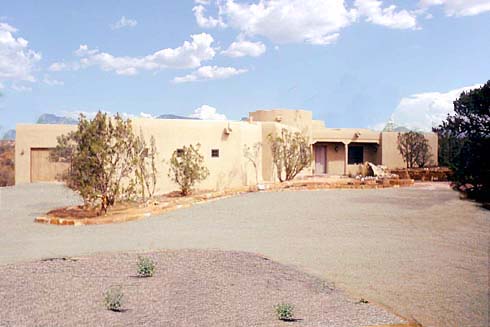OPEN SPACE
Exploring the Value of Open Space in Real Estate
The Essence of Open Space
Definition and Purpose
Open space, as defined in real estate, refers to land that has been intentionally left undeveloped, serving as a sanctuary for nature and a haven for outdoor activities. This unaltered terrain not only contributes to the aesthetic appeal of a location but also provides an array of environmental and social benefits.
Recreational Opportunities
One of the primary purposes of open space is to facilitate recreational activities. Whether it's a neighborhood park nestled within a residential development or a vast expanse of untouched wilderness, these areas offer opportunities for residents to engage in outdoor pursuits such as hiking, picnicking, birdwatching, and more. The presence of open space enriches the community's lifestyle by promoting physical activity and fostering a deeper connection with nature.
The Role of Open Space in Real Estate
Community Enhancement
In the context of real estate, open space serves as a significant factor in enhancing the desirability of a location. Residential developments that incorporate ample open space, such as greenbelts, trails, and community parks, are often more attractive to potential homebuyers. The presence of these natural amenities adds value to the overall living experience, thereby influencing property values and market appeal.
Environmental Conservation
Environmental Conservation
Beyond its appeal to prospective residents, open space plays a crucial role in environmental conservation. Preserving natural habitats and green corridors within and around developments contributes to biodiversity, mitigates urban heat effects, and promotes ecological balance. In an era marked by increasing urbanization, the preservation of open space stands as a testament to a community's commitment to sustainable living and environmental stewardship.
Management and Maintenance
Responsibility and Stewardship
The management of open space within a real estate context often falls to either the subdivision's homeowners' association or the local government. These entities are tasked with the responsibility of maintaining the integrity of the open space, ensuring that it remains accessible, safe, and ecologically sustainable. Through careful stewardship, open space continues to fulfill its role as a communal asset, enriching the lives of residents and preserving the natural heritage of the area.
Conclusion
Open space, with its unspoiled beauty and multifaceted benefits, stands as a cornerstone of real estate development. Its preservation and integration into residential communities not only elevate the quality of life for residents but also contribute to the conservation of natural resources. As the demand for sustainable and nature-centric living environments continues to grow, the value of open space in real estate remains undeniable, shaping vibrant communities and fostering a harmonious coexistence between urban development and the natural world.
MORE REAL ESTATE TERMS
A, B, C, D, E, F, G, H, I, J, K, L, M, N, O, P, Q, R, S, T, U, V, W, X, Y, Z
Featured New Home

Featured Mortgage Brokers
- CATALYST LENDING INC, GREENWOOD VILLAGE, CO
6530 S YOSEMITE ST STE 310
GREENWOOD VILLAGE, CO 80111 - ALCOVA MORTGAGE LLC, ROANOKE, VA
305 MARKET ST SE STE 204
ROANOKE, VA 24011 - MOVEMENT MORTGAGE LLC, RICHMOND, VA
5014 MONUMENT AVE
RICHMOND, VA 23230 - REVERSE MORTGAGE SOLUTIONS INC, BETHESDA, MD
6701 DEMOCRACY BLVD STE 300
BETHESDA, MD 20817 - Intercap Lending, mortgage broker in Albuquerque, NM
5600 Wyoming Blvd NE Ste 20
Albuquerque, NM 87109